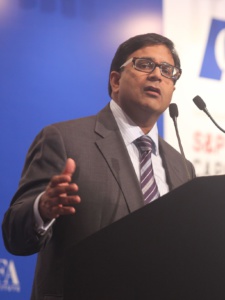The Chancellor’s Autumn Statement has come and gone without much focus on the alternative finance sector. Back in July, the Innovative Finance ISA (IFISA) was propositioned amidst much fanfare from P2P lending platform CEOs keen to see investors receive encouragement to lend money from the government. Yet the March budget was a little light on the details of the ISA’s mechanics, and very little has been revealed in Osbourne’s Autumn Statement. Here is the subparagraph concerning the IFISA in full:
“The list of qualifying investments for the new Innovative Finance ISA will be extended in Autumn 2016 to include debt securities offered via crowdfunding platforms. The government will continue to explore the case for extending the list to include equity crowdfunding”
So, still no place for equity crowdfunding: this should not change before April 2016 and it is unlikely to be a feature of the ISA whilst the government continues to fear that investors are ignorant of the differences between debt- and equity- based lending. Debt-based securities are included, however; good news for Wellesley and UK Bond Network particularly. The good news for P2P lenders to SMEs comes with the declaration that Credit Reference Agencies (CRAs), such as Experian, will have to provide equal access to all finance providers. This will ensure that P2P lenders are afforded the same privileges as banks and will go some way to ensuring investors can feel confident in the SMEs they are lending to. Competition in the market place can only be healthy for the UK economy.
Coupled with the budget’s release came the outcome of the Bank of England’s stress tests, that saw Standard Chartered and RBS labelled the weakest lenders. The general consensus seems to be that the banks have learnt from their mistakes, yet the reality that two of the top seven banks in the UK are deemed not to have enough capital strength is still a stark warning that the UK banking system is not as resilient as it needs to be. Yes, nobody failed the stress tests, however all the banks have still been urged to hold back more capital despite evidence that they are handling their risk more carefully. The upshot for alternative finance providers? The government is trying to level out the playing field, whilst the banks still face restrictions in the wake of a financial crisis that they caused. The government clearly want the banks to remain cautious and drive economic growth from a wider pool of alternative sources. The ISA won’t bring in a flood of investors in the first year necessarily, but in five years’ time expect to see SMEs benefitting from the wisdom of a bigger and better educated crowd.


